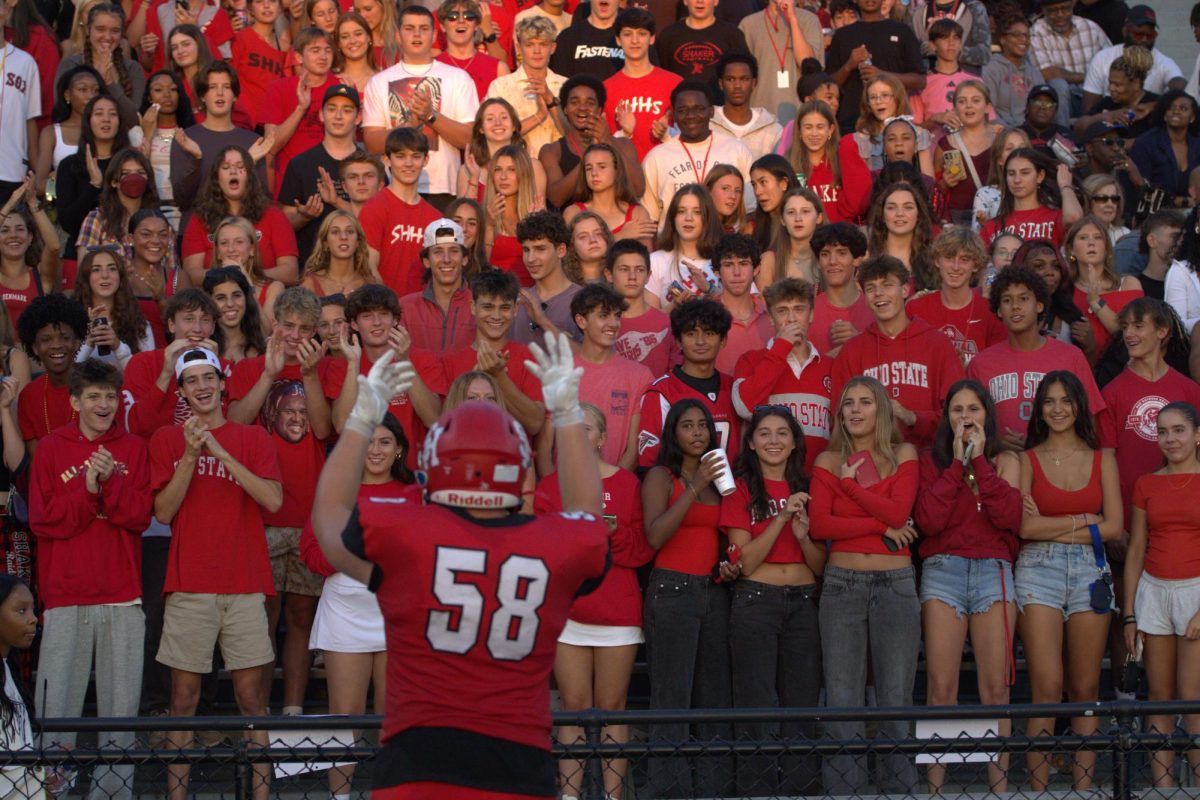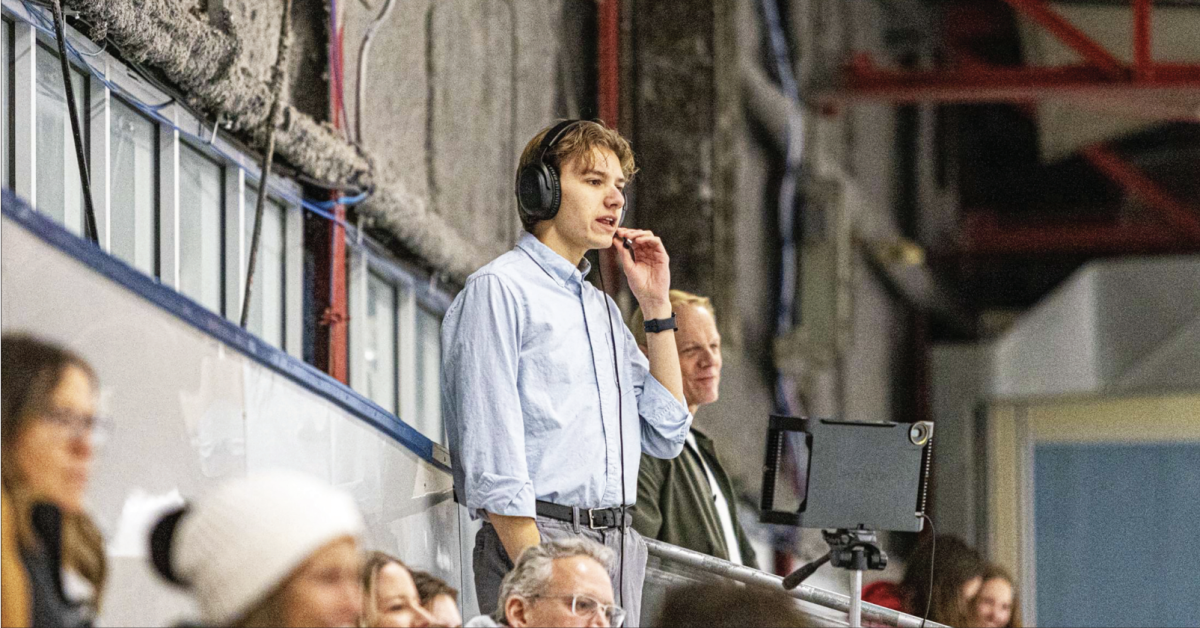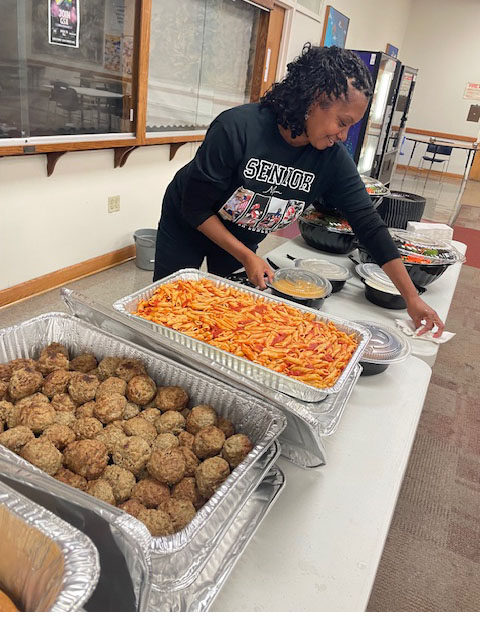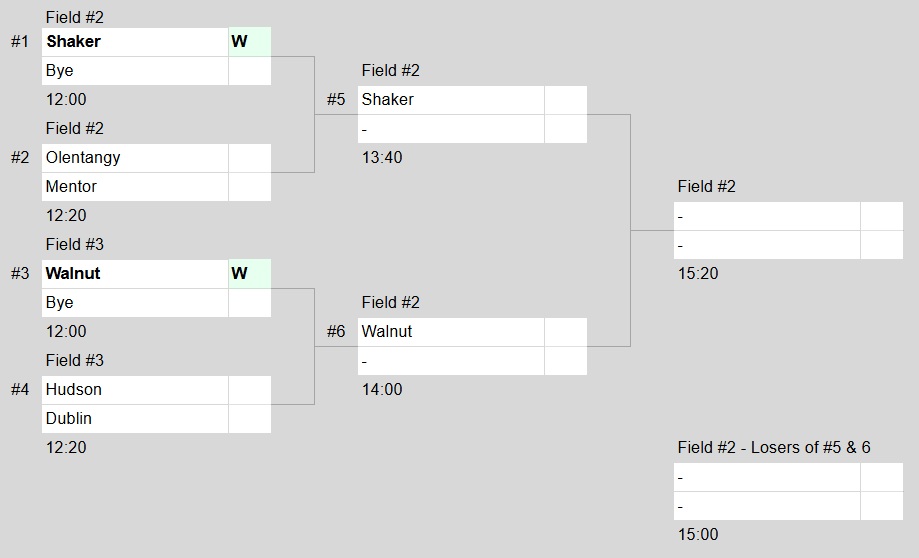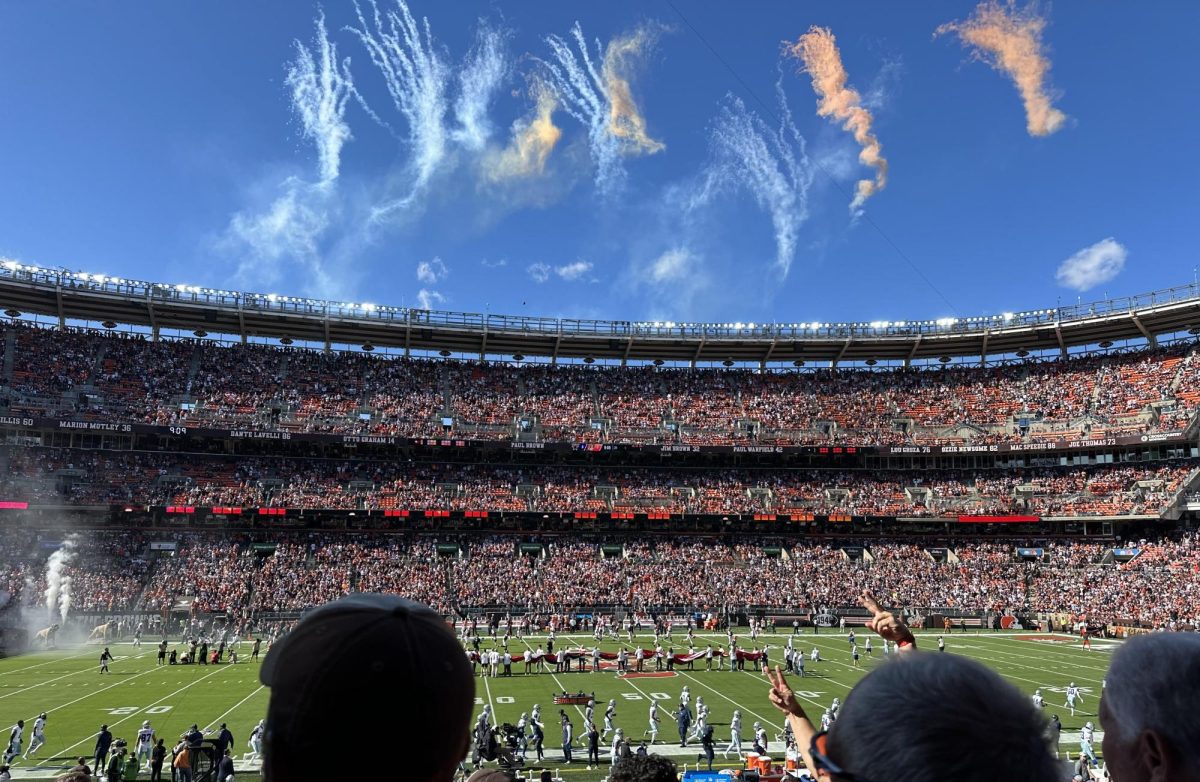New bat requirements are in effect for 2012 high school baseball season.
Ball Exit Speed Ratio bats are now prohibited in high school and college. Balls struck by a BESR bat can easily travel more than 105 mph. The NCAA switched to Batted Ball Coefficient of Restitution bats last year; they are said to absorb more energy at impact, slowing the ball’s reentry into the field to 94 mph on average.
“On those cold game days, the BBCOR bats don’t give you that little push like the BESR bats did. Other than that, if you hit it on the sweet spot, the ball doesn’t come off much differently,” sophomore Patrick Lamb said. At lower temperatures, a hitter experiences a stinging sensation from powerful vibrations caused by contact. Manufactures suggest that graphite-aluminum composite bats are not used below 60 degrees.
Shaker players use wood bats in the batting cages, but not in games. “The BBCOR still has more pop than the wooden bats we use. People find it more difficult to hit hard with a wooden bat, so I think we look at it as more of a training challenge,” Lamb said.
NCAA research found that composite previously used in high school and college had increased ball exit speeds by 10-15 mph. BBCOR bats have a much smaller sweet spot than BESR bats, so outfield flares become infield pop-ups. This change emphasizes fundamental baseball skills such as smart base running and bunting. It also distributes pressure to each player, rather than to a team’s power hitters.
A version of this article appeared in print on 24 April 2012, on page 15 of The Shakerite.

